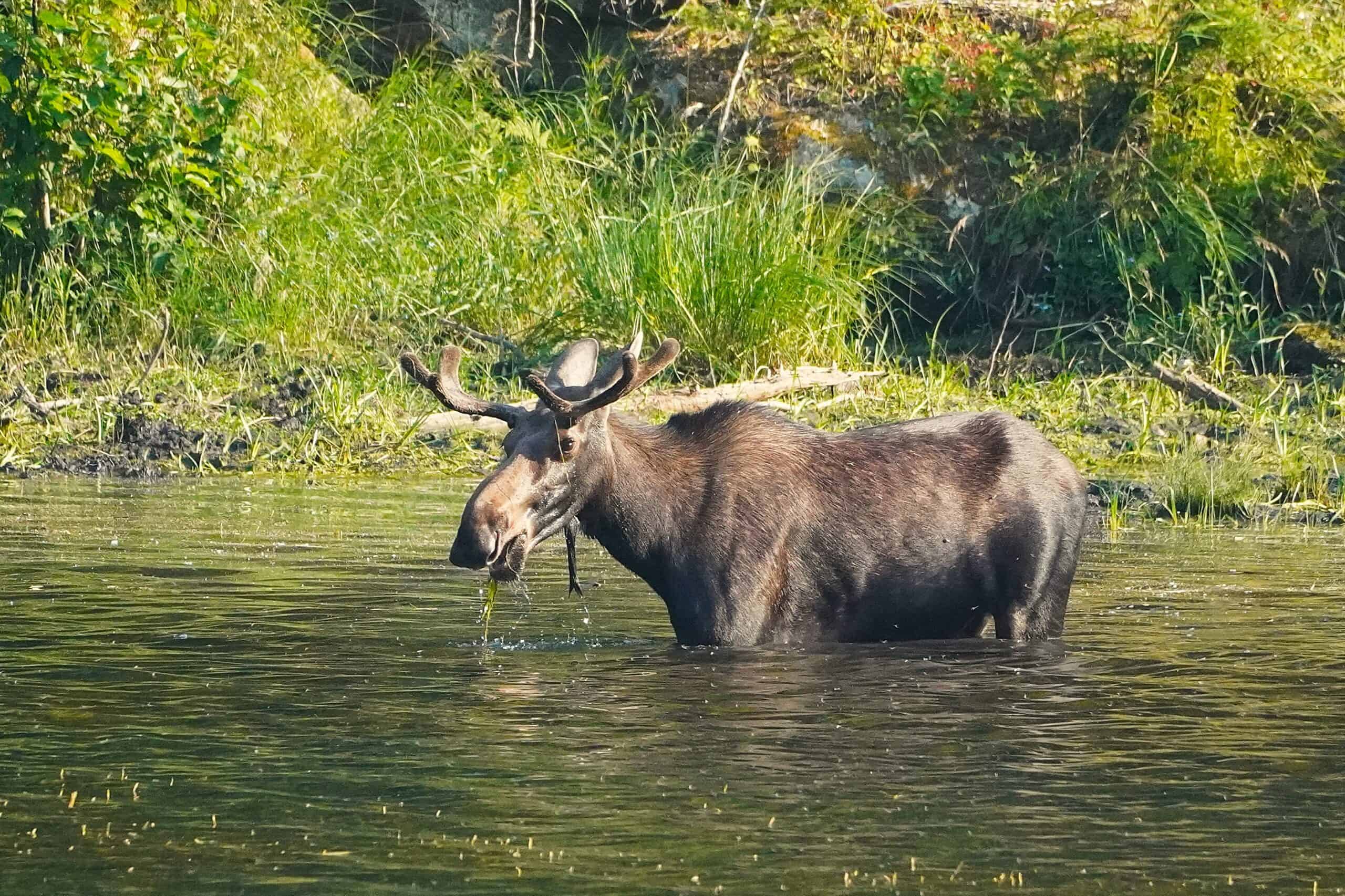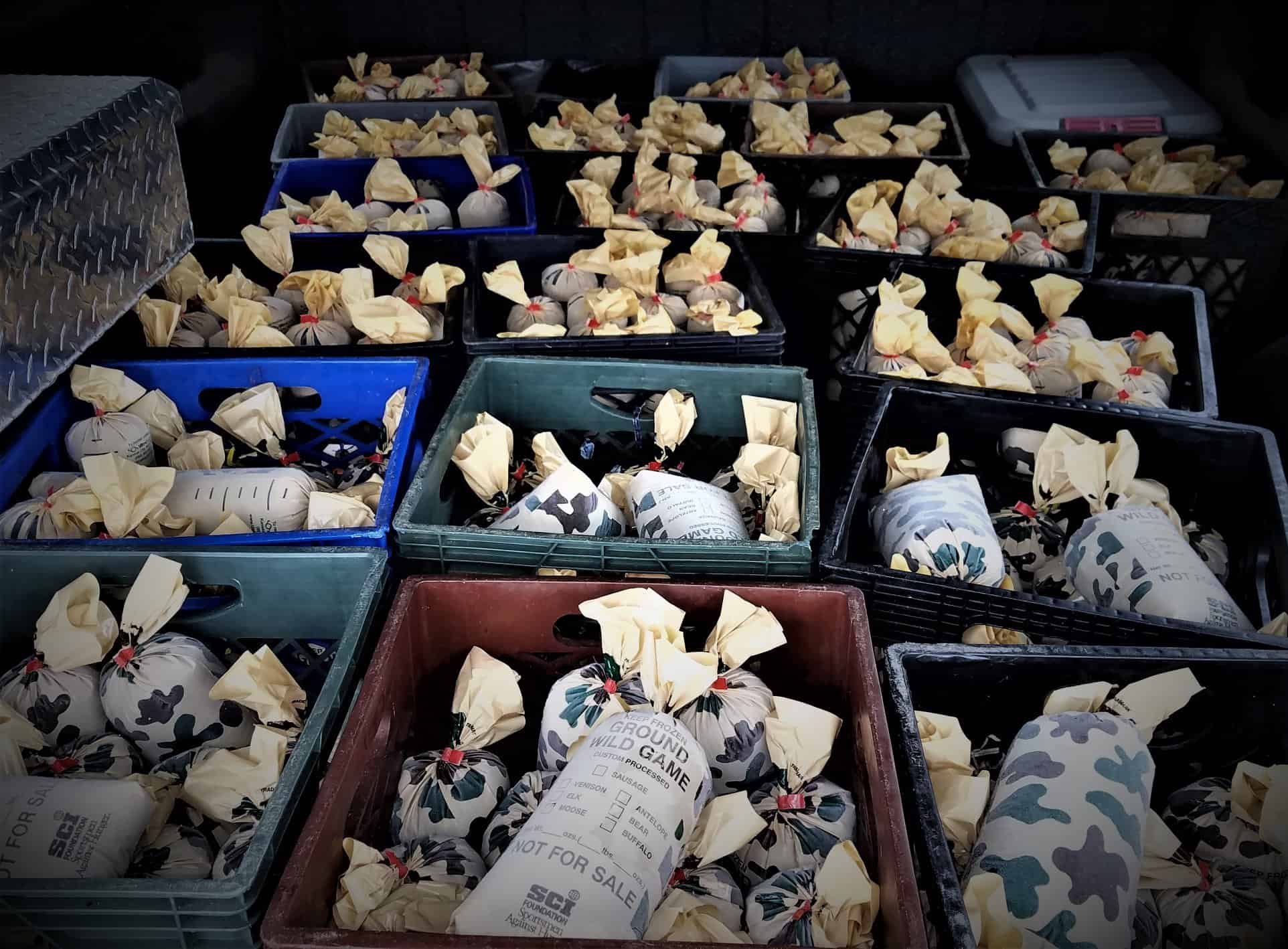Share this article
TWS Position Statement: Rangeland Livestock Grazing
Back to Position Statements page
Rangelands are defined as lands where the native vegetation is predominately grasses, grass-like plants, forbs, and shrubs, sometimes with dispersed trees. Most rangelands host some form of grazing by domestic livestock. Ecological processes drive changes in rangelands through interactions of herbivory, fire, climate, and annual variations in weather, while rangeland management occurs primarily through types and rates of domestic livestock grazing and manipulation of vegetation by various mechanical or chemical means and fire. Rangelands are common worldwide, with some estimating that rangelands comprise about half the Earth’s land surface. About 20-30% of the land surface in the United States and the Canadian prairies is rangeland with the majority located in the western states and provinces. More than a million acres of native rangeland in North America are lost annually to cropland conversion or residential and industrial development, or are severely degraded by overgrazing, invasive plant species, woodland encroachment, and, in some instances, wildfire and inappropriate use of prescribed fire.
Functional rangeland ecosystems provide vital environmental services. Rangelands support a diversity of native wildlife and plants, store carbon, control erosion, maintain open space, provide for recreational use, and sustain rural communities including the economic, historic, and cultural values associated with grazing livestock as well as subsistence cultures dependent on livestock grazing. Implementing science-based policies and management strategies is key to restoring or enhancing rangeland ecosystems and the wildlife they support.
An ecosystem approach to managing rangeland livestock grazing is a sound starting point for addressing rangeland integrity, resilience, and function. Broadscale and local planning must first determine if managed livestock grazing is ecologically suitable for a given area—that is, can it be done in a way that restores or enhances wildlife and plant communities and ecosystem processes—and if so, what class of livestock, grazing system, grazing intensity, and season of use are best suited to this purpose. Where livestock grazing is deemed ecologically suitable, development of rangeland management plans must balance the impacts other uses of the land have on its ability to conserve biodiversity, at-risk species, connectivity, and plant communities, while at the same time providing surplus forage for livestock use. Additional factors that need to be considered during planning include stochastic events such as wildfire and drought, and the compounding effects of climate change and invasive species, as well as other human uses of the land such as oil and gas, mining, renewable energy, power transmission lines, and recreation.
Progress toward ecosystem restoration or enhancement goals is evaluated using specific targets and time-sensitive benchmarks identified in rangeland management plans based on data collected through fully-funded monitoring programs.
Managing rangelands can be contentious when trying to coordinate local land use and stakeholder interests with mandates in laws and regulations. Many examples have shown that positive conservation outcomes are most likely when voluntary incentive-based programs are used, and when agencies, ranchers, extension specialists, hunting interests, conservation organizations, and other stakeholders come to the table with respect for one another and then collaborate to find common ground.
The policy of The Wildlife Society regarding livestock grazing on rangelands is to support:
- Use of objective and quantifiable criteria for classifying rangelands as suitable or unsuitable for livestock grazing.
- Broadscale planning across multiple ownerships with broad stakeholder engagement to guide development and integration of local rangeland management plans that are adaptive in nature and designed to attain quantifiable standards for rangeland health and include objectives and grazing strategies to enhance or restore wildlife habitat.
- Voluntary programs that advance wildlife conservation on rangelands and encourage information sharing on wildlife responses to them.
- Rangeland management strategies and systems that:
- Enhance or restore healthy soils, carbon storage, native plant communities and structural diversity, and wildlife populations while discouraging non-native and invasive plants by adapting the class of livestock, stocking rate, timing, duration, and rest,
- Are supported by updated forage and plant community analyses,
- Minimize risk of disease transmission between livestock and wildlife via the direct management of livestock numbers, class, timing, and duration in a given area,
- Minimize the impacts of fences on wildlife when fencing is deemed necessary,
- Provide flexibility for land management agencies, private landowners, permittees and lessees to respond and adapt to changing ecological conditions, such as drought or wildland fire.
- Research on the effectiveness or refinement of:
- Rangeland restoration practices designed to improve degraded plant communities, particularly in wetland and riparian areas,
- Biological methods to improve degraded plant communities,
- Livestock grazing management strategies designed to control invasive plants
- Quantifiable and repeatable long-term rangeland wildlife inventory, monitoring, and assessment tools including metrics on biodiversity at local and landscape scales.
- Human dimensions research on rangeland livestock grazing, particularly public land grazing, in order to better understand the motivations of various stakeholders, inform policy decisions, and direct public outreach.
- Professional training and continuing education of rangeland specialists on integrating livestock grazing with rangeland wildlife habitat management.
- Public education programs in conjunction with local, regional, or national planning efforts that clearly articulate goals and expected outcomes of rangeland livestock management, the cultural and economic traditions of subsistence cultures dependent on livestock grazing, as well as the ecological advantages to maintaining rangelands as open space.
- Use of interdisciplinary teams, including wildlife specialists that incorporate adaptive management principles when developing rangeland management and monitoring plans.
- Enforcement of grazing regulations, permits, and leases with strong penalties for repeated violations including unauthorized use and trespass of non-permitted livestock.
- Adequate funding and staff along with the necessary infrastructure to properly plan, implement, monitor, and manage wildlife and livestock grazing on public rangelands and to implement enhanced incentive programs on private rangelands in order to enhance or restore both.
Approved by Council in November 2022








